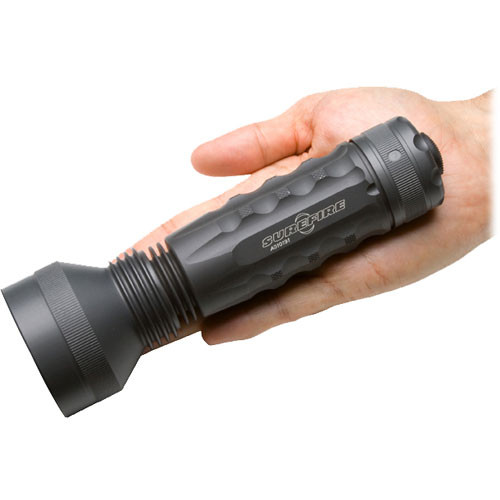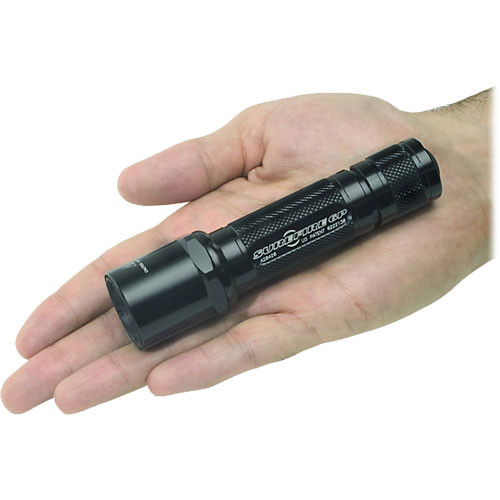I haven’t been around too long & don’t have much familiarity outside of 5-10 brands. I was wondering what jumps in technology you guys see between generations of flashlights.
From my perspective, the availability of lithium ion batteries, or maybe 18650 was huge (I don’t really remember how the technology was introduced to consumers). I think rechargeable NiMH was another jump (much smaller, but I wouldn’t play around with flashlights as much if I was paying for batteries every time), and I assume NiCd was similar for the generation before that.
I know Xenon (or HID I can never remember the difference) was around maybe in the mid 2000’s?
I know Surefire was popular with consumers in the 2000’s. I’m not sure of other options.
I vaguely remember p60 hosts, pills (haha solid pills etc), beryllium springs/bypasses, modding Maglites (RIP OldLumens), CREE binning.
At some point, you didn’t have to work to mod your own/put together a parts list.
Maybe the next biggest jump, would be Narsil/Anduril (I wasn’t around for that, I don’t really know or remember how that project came to be).
What were the baby steps for 18650? Was it the Convoy S2/BLF A6?
I think I remember the s43, and Q8 being noteworthy. I don’t know if the sk68/sk98 deserves a mention, I think that’s how I got into flashlights - trying to find the best AA light. Was the Q8 really the first high output light with some utility? Has it been just that recent?
The D4 seems like it should be a marker on the timeline, but iirc it didn’t really do anything “first” (other than be a good benchmark of capability, reliability, cost, customization/options, value, insane performance/size/fun/toy - the first to combine all those things)? I don’t really remember how Emisar got started; wasn’t there another model, with a bigger chunky head, maybe a thrower? I think Fireflies also made a mark- I think they were one of the first to sell sw45k’s and Osrams(?), but I don’t think they really blazed new trail.
Was it Sofirn that took powerful flashlights mainstream? In my memory, it was probably Sofirn which marketed the first rechargeable, consumer-friendly 4000lm+ light on Amazon with the SP36. But maybe Astrolux was around prior. Or something a bit less popular, like Nitecore or something. Maybe Olight should get a mention. Maybe slightly smaller or less-powerful lights should be considered. There’s a whole higher-end or higher-priced >$75 industry that I’m unfamiliar with.
I think I remember throwers progressing rapidly, but don’t remember how it happened. Maybe BLF GT’s, Emisars, and Astrolux were involved.
I’ve never followed the top lumen monsters, so I can’t speak to that.
I think I can imagine breaking it down something like:
- fire/flame/gas lamps
- incandescant, powered by large batteries
- incandescant, powered by AAA/AA/C/D
- HID?
- proprietary rechargeable/built-in rechargeable LED?
- the infant age of 14500? LED-swaps or lights powered by 1.5v combos? like the first 1000-2000 lumens?
- at some point the first 2000-5000lm light came around, but I’m not sure where
- at some point your mom can go on Amazon and find a 4000lm USB C rechargable recommended to her
What a unique forum & community BLF Special Edition Lights - Master List
So what do you think? How do you remember getting to where we are now?
*I am browsing through some of the old <2010-2015 posts, and it looks like XML-T6 were around, XP-G, of course XM L2 U2. Maybe the limiting thing was the batteries, chargers, or cost? Size & UI (no strobe please ![]() )? I kinda remember batteries like NGR18650ga ? getting talked about. I remember not wanting to buy liion lights because I didn’t want to spend the money on batteries + a charger for 1 device. Maybe the biggest limit was simply the shared knowledge & experience? But flashlight forums are pretty old, there’s at least CPF & TLF, I’m sure there are others around the world. I guess at some point the gap widened, and that $10-40 you spent on batteries got you a lot more than an extra thousand or two lumens, and that’s when things really took off.
)? I kinda remember batteries like NGR18650ga ? getting talked about. I remember not wanting to buy liion lights because I didn’t want to spend the money on batteries + a charger for 1 device. Maybe the biggest limit was simply the shared knowledge & experience? But flashlight forums are pretty old, there’s at least CPF & TLF, I’m sure there are others around the world. I guess at some point the gap widened, and that $10-40 you spent on batteries got you a lot more than an extra thousand or two lumens, and that’s when things really took off.




